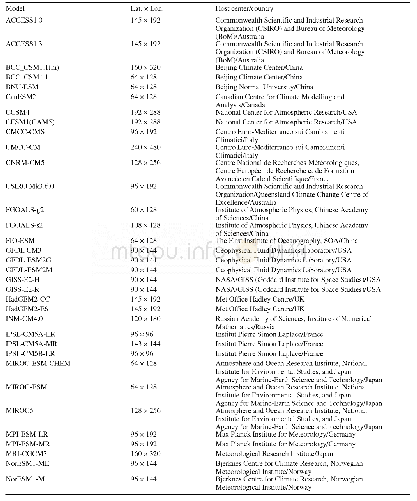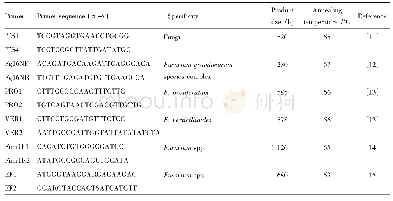《Table 1.Chemical composition of the 316L stainless steel used in this study》
 提示:宽带有限、当前游客访问压缩模式
提示:宽带有限、当前游客访问压缩模式
本系列图表出处文件名:随高清版一同展现
《"Effect of cold rolling on the microstructural, magnetic, mechanical, and corrosion properties of AISI 316L austenitic stainless steel"》
wt%
A 316L austenitic stainless steel sheet described in Table1 with a thickness of 1 mm was used as the initial material.Samples with dimensions of 3 cm×10 cm were prepared,and a rolling machine with a maximum applied load of 35 t was used to obtain rolled sheets with different percentages of reduction in thickness(15%,30%,40%,45%,and 50%).The microstructure of the samples was analyzed by optical microscopy(OM,Meiji IM-7200)and scanning electron microscopy(SEM,LEO 1455VP).The martensitic phase transformation during cold plastic deformation was investigated by X-ray diffraction(XRD,Asenware Aw-XDM300diffractometer with Cu Kα1 radiation).The XRD data were recorded in the 2θrange from 30°to 100°with a step size of0.05°and a time step of 1.5 s.The phase analysis of XRD data was performed using the X'Pert High Score software.The magnetic properties at room temperature were examined using a vibrating sample magnetometer(VSM,Meghnatis Daghigh Kavir)in an operating range of±1000k A/m.Room-temperature mechanical properties,including the tensile strength,yield strength,and the ductility,were extracted from engineering stress–strain curves obtained via tensile tests.The tensile-test samples were prepared according to standard ISO 6892-1(No-30),and the tensile tests were conducted with an elongation rate of 0.6 mm/min under a uniaxial tensile force using a tensile testing machine(SANTAM STM-150).The samples’surface hardness was measured on a Vickers microhardness machine(INNOVA)using a 300-g load and a 10-s dwell time.
| 图表编号 | XD002870900 严禁用于非法目的 |
|---|---|
| 绘制时间 | 2018.06.01 |
| 作者 | S.Tanhaei、Kh.Gheisari、S.R.Alavi Zaree |
| 绘制单位 | Department of Materials Science and Engineering, Faculty of Engineering, Shahid Chamran University of Ahvaz、Department of Materials Science and Engineering, Faculty of Engineering, Shahid Chamran University of Ahvaz、Steel Research Center, Faculty of Engin |
| 更多格式 | 高清、无水印(增值服务) |




![Table 2 List of the Landsat data[22]used in this study](http://bookimg.mtoou.info/tubiao/gif/QQSJ201804005_29300.gif)
